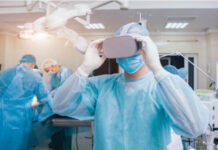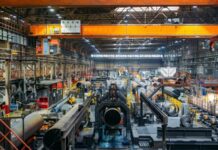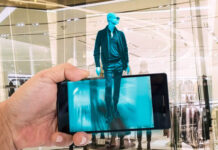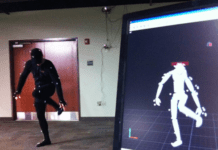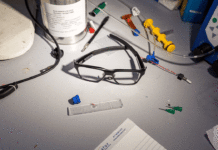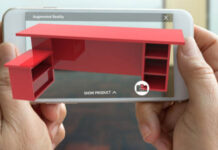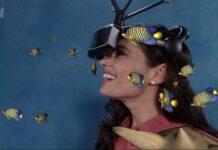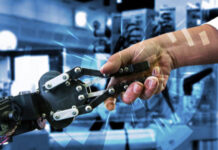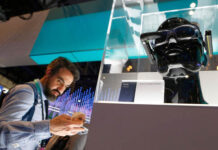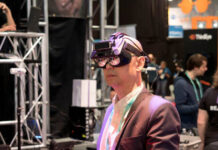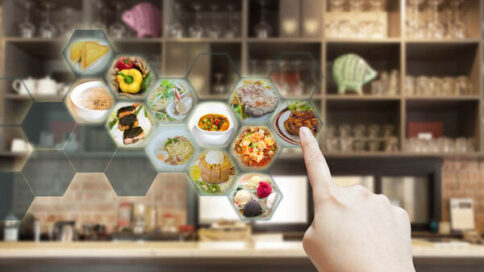
Have you ever wondered what a certain dish on an unfamiliar menu looks like before you order it? Several restaurants and bars all over the world are now making use of augmented reality to give customers a virtual taste of what a certain meal looks like. Rather than explaining these items to customers, it is easier to simply show them. These 3-D models look amazingly real. With the Kabaq application that can be installed on an iPad or iPhone, a waiter can show a customer the image of the meal using superimposition.
Creator of Kabaq, Alper Guler mentions that the success of the app lies in the fact that humans are visual creatures. It puts a new spin on traditional menus and revolutionizes the dining experience. He further explained how they capture the images to create the 3-D models. By using a portable photo booth, they place the dishes on a turntable inside. The food is then turned every two seconds it is stopped so that the photo can be taken. Cameras are placed at various heights so that different angles can be captured. These images are then sent to the Kabaq head offices where they are transformed into 3-D models. Users can then subscribe to Kabaq for their services with a subscription fee of between $99 and $199 per month.
The technology is proving to be good for businesses all over. Haim Amit, owner of Vino Levantino in New York has been using this app for a while. He claims that businesses have gone up by 22% since he started using the app in the restaurant. His motivation is the fact that his restaurant sells Middle Eastern food The app assists in visualizing dishes like kadaif – a dessert not many people are used to.
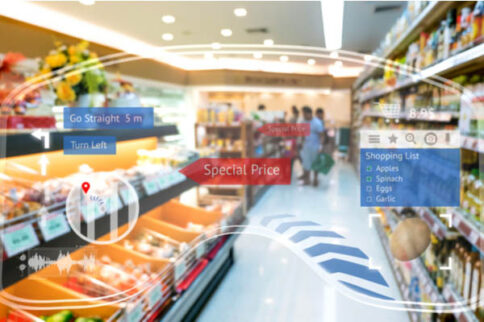
Mike Cadoux, Kabaq’s head of sales along with partnerships states that this type of technology can boost the income of a restaurant. People want value for money so if they want a $17 pasta but the owner can show them how delicious the $28 steak looks They might opt for the more expensive option. This adds huge value at the end of the day. It also adds to a unique dining experience. People are not used to this type of technology at a restaurant They enjoy the surprise that comes with combining food with technology.
The 3-D scanning technology allows a model to be created while encompassing all angles of the object. This is turning out to be a good fit for foodies. Artist Romain Rouffet used 3-D scanning to create a 3-D recipe for banoffee pie. Users can zoom in and out of this video to view it from different sides. For him, it is a sign of what augmented and virtual reality can still do in the future. It is assisting in creating a whole new generation of experience, not just a mere application.
November 25, 2017

